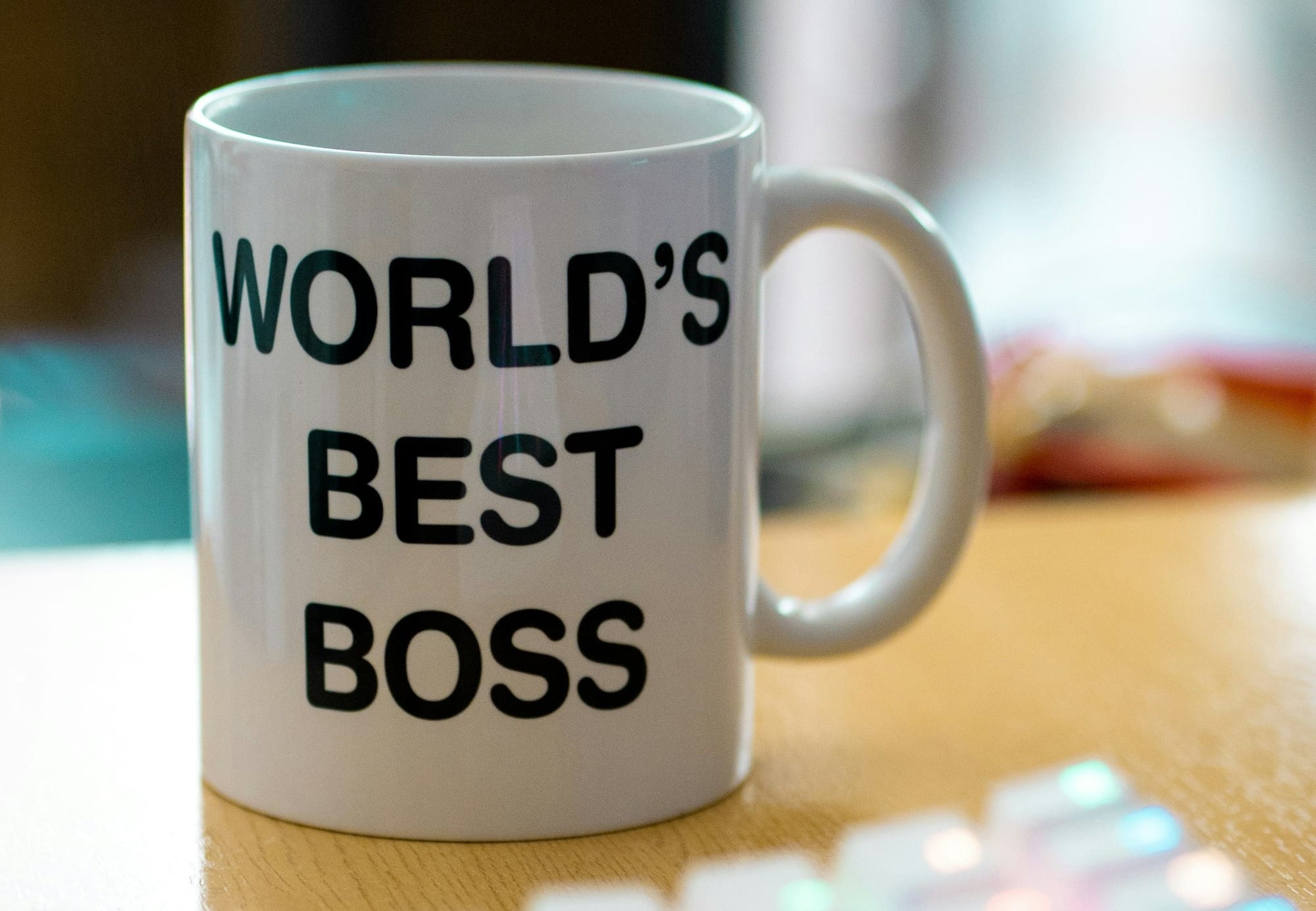From The Office to The Circle: Reading Workplace Culture Through Popular Media
Analyse workplace culture through popular media. From The Office to The Circle, learn how films and TV reveal changing workplace ideologies and what alternatives might be possible.

Excavating the cultural debris of work
What if we read organisational culture the way film critics read cinema? What if we listened to workplace narratives like musicologists study genre shifts? What if we treated corporate communications as cultural artefacts that reveal the anxieties, desires, and power structures of their moment?
Media archaeology, a method developed by scholars like Erkki Huhtamo and Jussi Parikka, gives people practitioners a different lens for understanding how work has been imagined, sold, and lived across decades. Rather than accepting workplace narratives as inevitable, we dig through cultural layers to see how they were constructed, and what might have been otherwise.
The Method: Reading Culture as Data
Media archaeology is a research method that treats cultural objects, films, advertisements, music, and magazines as archaeological sites. Each artefact carries traces of the assumptions, fears, and possibilities of its time. For people practitioners, this means we can excavate the stories that shaped how work is understood, who belongs in workplaces, and what counts as professional.
Consider the cultural shift from William Whyte's The Organization Man (1956) to Tom Peters' In Search of Excellence (1982). Whyte's critique of corporate conformity emerged alongside films like The Apartment (1960), How to Succeed in Business Without Really Trying (1967), British workplace satire I'm All Right Jack (1959), and social realist works like Saturday Night and Sunday Morning (1960), cultural products that revealed anxiety about bureaucratic dehumanisation and industrial alienation. By the 1980s, we see different anxieties in films like Wall Street (1987), Working Girl (1988), and Trading Places (1983), evolving through The Wolf of Wall Street (2013) and The Social Network (2010), alongside the rise of business guru culture and entrepreneurial individualism that eventually morphed into tech founder mythology.
Each era's cultural products reveal what work looked like, and what collective anxieties it was meant to solve, whose experiences were centred, and whose were systematically erased. Take recruitment materials: IBM's 1970s films emphasised lifetime employment and collective achievement, while contemporary tech company videos focus on individual passion and disruption. Neither is neutral; both reflect specific ideological assumptions about what motivates people and what organisations owe their workers.
Excavating Workplace Narratives
Start with questions that treat culture as evidence:
- What stories about work were people telling themselves in different decades?
- How did these narratives shift during moments of economic or social crisis?
- Whose experiences were made visible or invisible in dominant workplace representations?
- What alternatives were being imagined, even if they weren't mainstream?
The method involves three moves, inspired by media archaeology principles and reframed through a Teaching Otherwise lens:
Surface — Contextualise — Imagine otherwise
Surface means collecting cultural artefacts from specific periods and identifying patterns. This might be training videos, recruitment materials, management books, even workplace comedies or dramas. What themes emerge? What language gets used? Who appears as the ideal worker?
Contextualise means understanding these artefacts within their broader social and economic moment. A 1990s emphasis on "work-life balance" makes different sense when understood alongside rising dual-career families and the beginnings of digital connectivity. Context reveals why certain narratives emerged when they did.
Imagine otherwise means using this archaeological work to identify suppressed alternatives and emerging possibilities. What counter-narratives existed alongside dominant ones? What current cultural shifts might signal new ways of organising work?
Why This Matters for People Practice
Most people practices inherit assumptions about work, motivation, and human nature without questioning their origins. We implement performance management systems based on theories from specific historical moments, often without recognising their cultural specificity. Peter Drucker's management by objectives, for instance, emerged alongside 1950s cybernetic thinking and Cold War anxieties about organisational efficiency. Today's agile methodologies carry the residue of 1990s software development culture and the rise of flexibility as neoliberal virtue.
Media archaeology helps us see these assumptions as choices rather than facts. It reveals that current workplace structures aren't inevitable outcomes of human nature, but specific responses to particular historical conditions.
Consider how employee engagement surveys emerged alongside the 1990s quality movement and the development of customer satisfaction metrics. Examining cultural products from this period, including management books, training videos, and workplace comedies like Office Space (1999), reveals shared anxieties about worker alienation and declining productivity. The engagement industry developed as a response to these anxieties, but understanding its archaeological context helps us ask: What problems was this meant to solve? Whose interests does it serve? What alternatives weren't considered?
The current obsession with workplace wellbeing becomes more comprehensible when traced through cultural representations of work-related stress. From 1970s films about executive burnout (Executive Suite, Network) through 1990s workplace comedies revealing corporate absurdity (Office Space, Fight Club, The Full Monty, early episodes of The Office) to 2000s critiques of financial excess (The Wolf of Wall Street, Up in the Air) and contemporary anxiety about tech surveillance (The Social Network, The Circle, Severance), we can trace evolving attempts to manage the psychological costs of capitalism without questioning its fundamental logic. Meanwhile, films like Made in Bangladesh (2019) and Ken Loach's Sorry We Missed You (2019, UK) expose how these psychological costs manifest through precarious, undervalued labour, especially among women and working-class families.
Practical Applications
This method works at multiple scales. Use it to understand your organisation's inherited culture by tracing the evolution of its communications, policies, and rituals. What stories has it told about itself over time? How have these shifted during moments of change or crisis?
Take diversity and inclusion initiatives. An archaeological approach might trace how corporate representations of workplace diversity evolved from 1970s equal opportunity materials (emphasising legal compliance and integration) through 1990s "valuing differences" campaigns (celebrating individual uniqueness) to today's inclusion and belonging narratives (focusing on psychological safety and authentic selves). Each shift reflects changing social movements, legal frameworks, and economic pressures. You can trace this through British sitcoms like Rising Damp and Mind Your Language, which expose the normalised racism of 1970s workplaces, to contemporary series like The Bold Type and films like Sorry to Bother You, which reveal how diversity talk often papers over deeper exclusions.
Or consider how the open office concept spread through architectural magazines, management consultancy reports, and workplace design blogs from the 1960s onwards. Each promotional material carried specific claims about collaboration, creativity, and cost-effectiveness that seemed natural to their moment but now appear historically specific. The contrast becomes visible when comparing hierarchical office spaces in period dramas with the chaotic energy of open-plan environments in series like This Life, the surveillance anxiety of Black Mirror's "Nosedive" episode, or the literal work-life separation surgery in Severance. Recent documentaries like The Gig Is Up reveal how these spatial ideologies extend into the supposed freedom of gig work, where your car or home becomes the office. This archaeological understanding informs current debates about hybrid working and office design rather than simply reacting to immediate post-pandemic pressures.
The work is both analytical and imaginative. We excavate the past not to return to it, but to understand how we got here and what else might be possible. When workplace culture feels increasingly absurd and unsustainable, media archaeology reveals that current arrangements aren't natural or inevitable; they're historically constructed responses to particular conditions.
Media archaeology doesn't just help us understand how we arrived here. It gives us fragments and fault lines to build something different.
